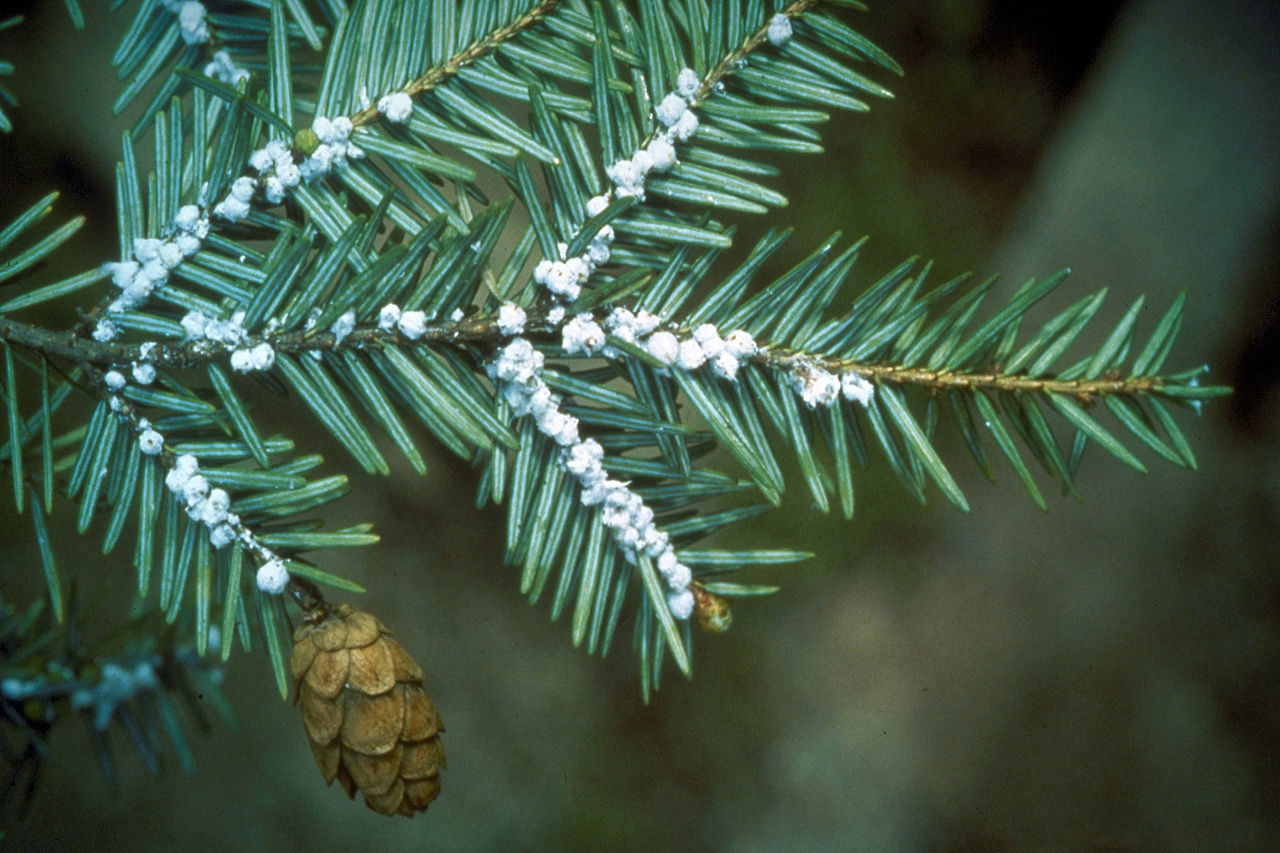Hemlock woolly adelgid (Adelges tsugae) is an aphid-like insect that infests spruce and hemlock trees. Native to East Asia, this pest has no natural predators in the United States, allowing populations to quickly grow to levels that can cause widespread tree mortality. As climate change causes average winter temperatures to increase, the range of this pest is expected to spread northward. The presence and severity of hemlock woolly adelgid infestations are valuable indicators of the impacts of climate change on the health of forest ecosystems.

There are 19 protocols that are used to monitor the indicator: Hemlock Woolly Adelgid. The first three studies on the list below are the most common methods of monitoring in the Northeast region.
The impacts of climate indicators can be measured using different ecological metrics of quantification. The metrics used in a study can affect how it is designed and the questions that it can answer. The information below shows the types of metrics and number of associated protocols that are captured by the data represented in this project.